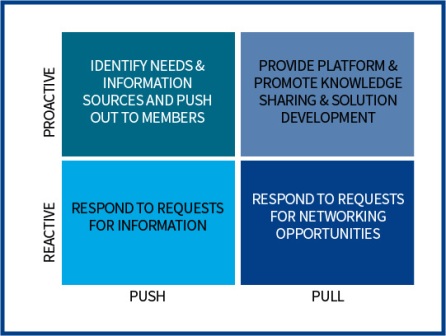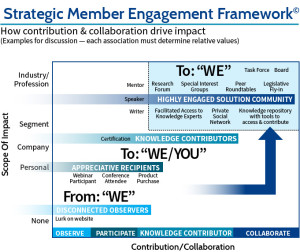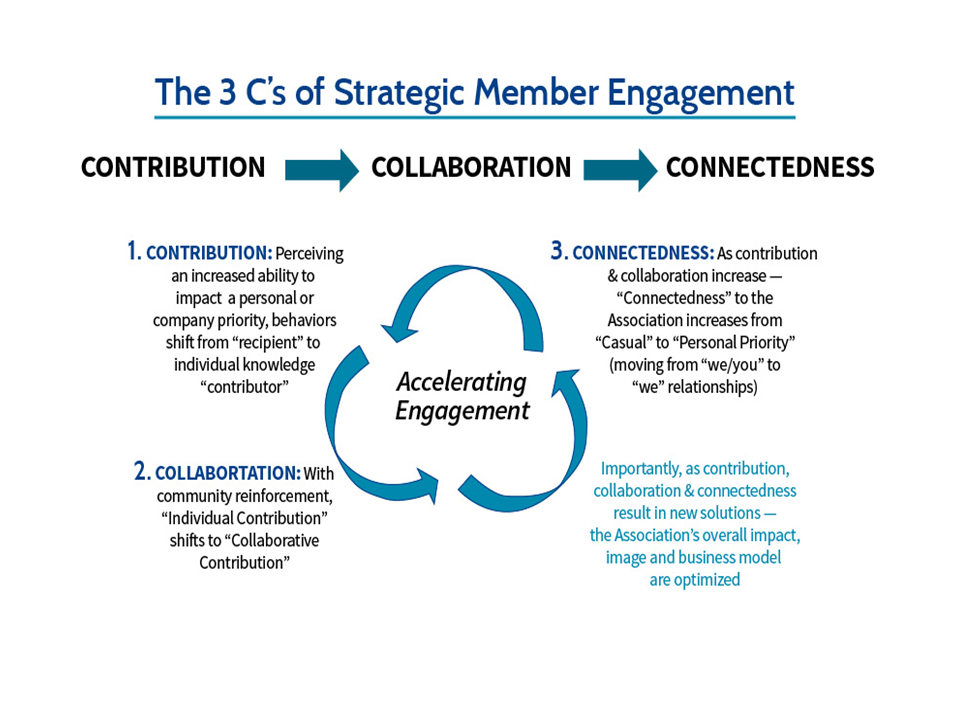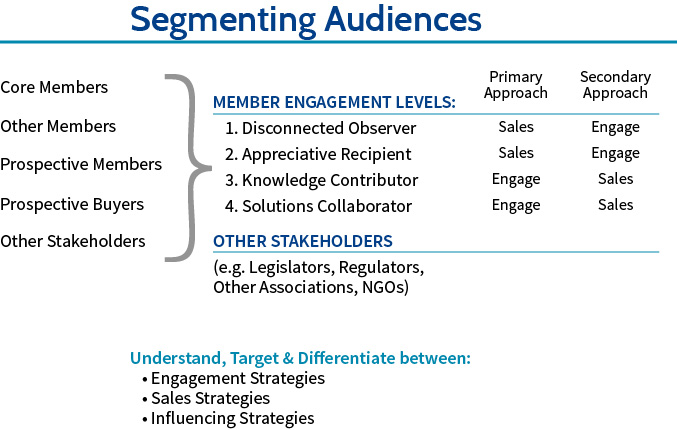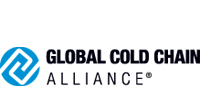Strategic member engagement means data driven decisions. By segmenting your audience you can begin to understand each group’s priorities. What are the outcomes they seek? How do they participate with your association today? What can you learn about them via the social media they embrace?
Audience segmentation will vary from association to association. Common examples include: company size, location, the engaged individual’s role, scope of responsibility and career stage, their types of engagement, the challenges faced, and special interests. Some Associations also identify which members utilize competitor Associations.
Segmented Communication And Engagement Tactics
Segmentation drives Association communication and engagement strategies and mechanisms. Associations must avoid continually sending everything to all constituencies, and wondering why there are so few “click throughs” (including by your volunteer leaders). Understanding your constituency segments also helps staff better determine:
- When to use “push” tactics (e.g. education, product sales)
- When to use “pull” tactics that encourage knowledge contribution and collaboration behaviors
- When to use influencing strategies (e.g. with Legislators, Regulators, the media)
Think in terms of primary and secondary approaches, not one size fits all.
Develop Member Segment Profiles
Don’t expect to move every segment to a higher level of engagement. Look for the segments that you most desire to have contributing to the collective body of knowledge and the development of new solutions. Also identify those segments that most drive your evolving business model.
Predicting Engagement Potential
According to the Strategic Member Engagement Survey© , only 46% of executives from professional societies and 53% from trade associations report they have identified a segment of their core membership that most wants to contribute their knowledge and collaborate. Those who report that they positively identify such a segment more often report an upward trend in 3 year annual revenue.
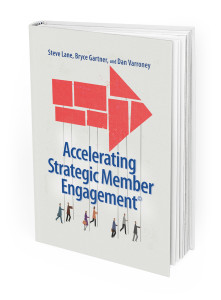 Free eBook “Accelerating Strategic Member Engagement” is available for all Association Executives at www.potomaccore.com
Free eBook “Accelerating Strategic Member Engagement” is available for all Association Executives at www.potomaccore.com
